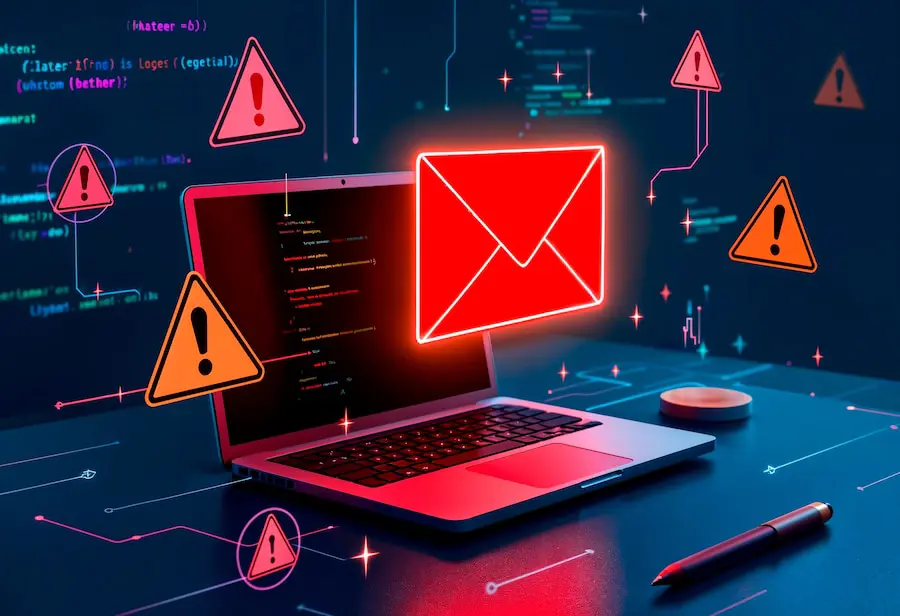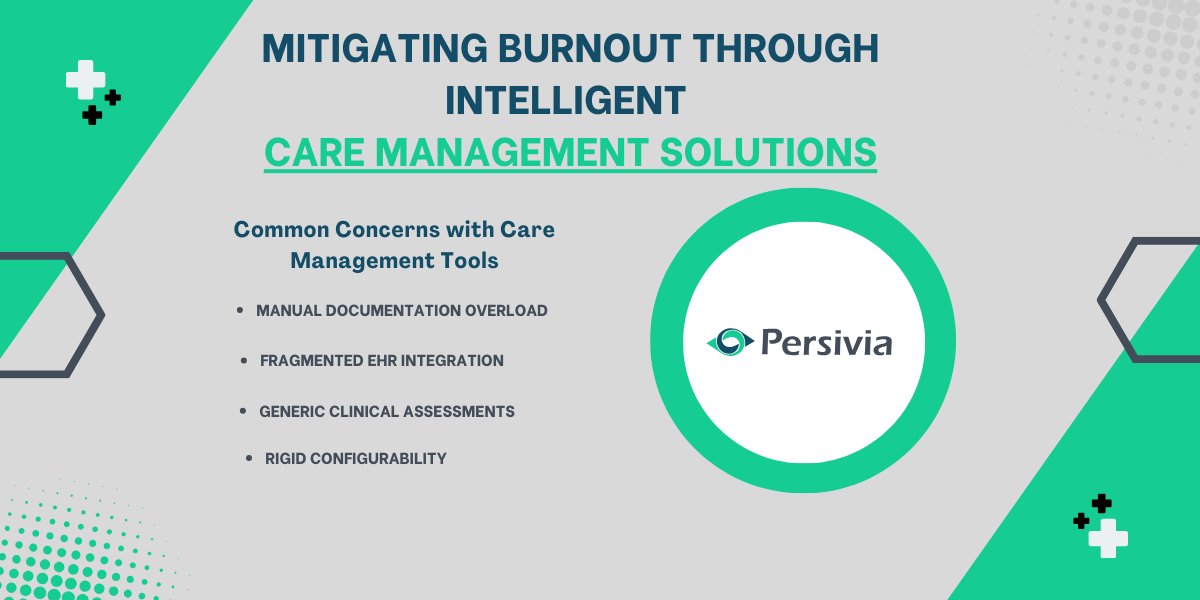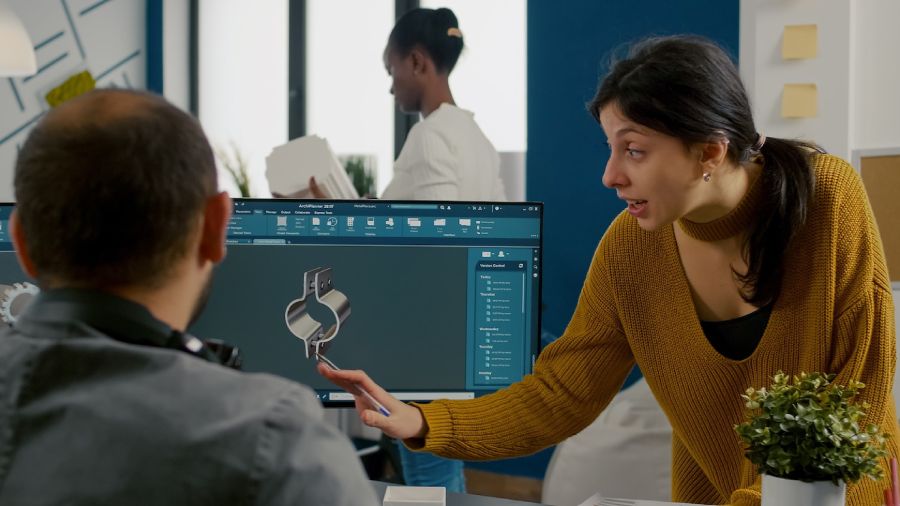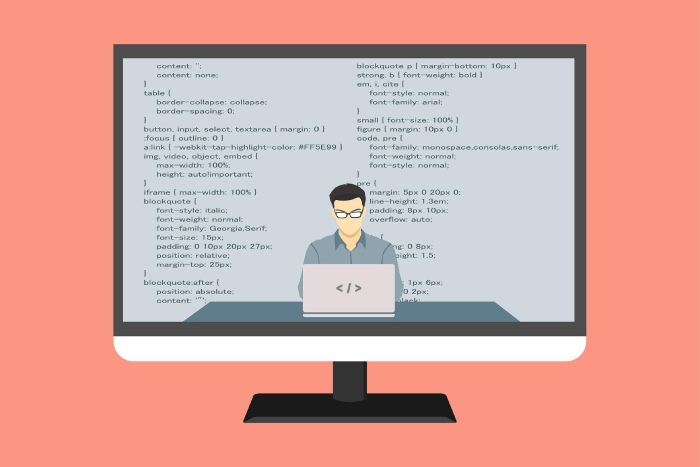
Quick Beginners Guide for Application Developing
Do you want to learn how to create applications? If so, you're in the right place. This quick beginner's guide for application development will teach you the basics of developing apps as a beginner.
By the end of this guide, you will have a solid understanding of the different steps involved in developing an app. You will also know what tools and software you need to get started. So, if you're ready to learn about developing applications, let's get started!
What Is Application Development?
The development of applications is the process of producing software. This enables users to perform specific tasks on a computer or other device. The term "application" refers to the software program and the entire process.
App development is a complex process that involves many disciplines, including computer science. This results in a growing demand for applications in all sorts of industries. And many app developers work in specific sectors, such as the medical or finance sector.
So, you can develop different types of applications— from simple tools to custom apps. The type of application you create will depend on the problem you are solving and the users.
Here are some of the different types of applications you can develop:
-
Simple Tools
These applications perform a single task or a small set of functions. Examples include calculators, converters, and alarms.
-
Complex Systems
These apps perform a large set of tasks or solve a complex problem. Examples include operating systems, financial management systems, etc.
-
Custom Applications
These are applications you develop for a particular user or firm. Examples include accounting systems for businesses.
Tools You Need to Get Started
If you're new to app development, you may wonder what tools you need to get started. Do you need a complicated IDE? Or expensive software? The good news is that you don't need much to start app development. All you need is as follows:
1. A Code Editor
Here is where you will write the app's code. Visual Studio Code, Atom, and Sublime Text are a few of the most well-known code editors.
2. A Development Environment
This is where you will test your app and ensure it works before you deploy it. But how do you choose the right development environment?
The answer, of course, is that it depends on your needs and preferences. Things like the programming languages you want to learn. The operating system you are using. And the type of development you want to do (web, mobile, etc.).
Once you have all these in place, you can narrow down your choices. And also help you find the development environment that's right for you.
3. A Source Control System
This is a system that allows you to track changes to your code. It also helps you manage different versions of your app. A popular source control system is Git.
4. A Build System
This system automates the process of building and deploying your app. In addition, a build system can make it much easier to manage your app and its dependencies.
Helpful Tips
Here are a few tips to keep in mind during development:
- First, keep your code clean and well-organized.
- Review your code regularly.
- Startup with a secure coding standard as it will help you catch potential flaws early on. Also, experts in application security explained that starting with safety in mind can save you a lot. This includes protecting the integrity of your data from attackers.
- Use security testing tools. These will help find flaws in your application's code or structure.
Now, How Do You Develop an Application?
Developing an app can be a lot of work, but it can also be fun. If you have a great idea for an app, there's no reason you can't make it happen. To make the process manageable, break it down into steps as a beginner.
So, what are the steps to developing an application?
1. Have an Idea
Developing an application takes a lot of hard work, but it all starts with an idea. Sure, you can find inspiration for your app from your everyday life or other apps.
2. Do Market Research
Once you have that great idea, you need to do your market research. This is essential to determine whether your app will be a success. You must research a few key things before developing your app. Who will be using your app? What needs does your app fulfill?
Also, you need to look at your rivals. What are similar apps already out there? How does your app compare? Finally, you need to set some goals. For example, what are your targets for downloads, revenue, etc.?
Answering these questions will give you a better idea of the chance of being successful. So don't skip the market research phase - it could mean the difference.
3. Plan

It's time to do some planning to turn it into a reality. Creating an app is a huge undertaking, so you'll need to break down your results into smaller pieces to make them manageable. Once you have a plan for your app, you can create a team to help you bring it to life. And, of course, you'll need to put in the hard work to build the app.
4. Start Designing and Coding
Designing and coding an app can be a challenge, but it's also a rewarding process. Seeing your app come to life from a few lines of code is a fantastic feeling. It's something you'll never forget.
Here are some pointers to help you get going if you're ready to jump in. First, start by thinking about the user experience. What do you want your users to feel when they use your app?
How should it look and function? Once you have a good idea of the user experience, you can start working on the actual design. And start writing your killer code.
5. Test, Deploy and Launch
Before you release an application to the public, it must first undergo a testing process. This ensures that it is functioning well. You can do this through manual testing. This is where someone goes through the app for bugs.
You can also make use of automated testing. This is where you use software to test the app for errors. After determining its functionality, you can prepare to deploy. This is the process of putting the application onto a server so users can access it.
Lastly, once after deployment, you can then launch it. This is when the application is made available to the public.
How to Get Your Application Published Online
The internet has made it possible for anyone to publish their apps online. But, getting your application published online as a beginner can be daunting. So, you must do a few things to ensure your application makes waves.
First, you need to find a hosting platform for your application. This is where your application will be stored and accessed by users. There are many different hosting platforms available. So be sure to do some research to find the one that's right for you.
Once you've found a hosting platform, you must create a developer account. This will allow you to submit your application to the platform. After you've created a developer account, you can finally submit your publishing application.
End Note
Application development can be a daunting task for beginners. But with this guide, you can build your application.
In addition, this guide provides a list of the necessary steps to take and resources to help you along the way. Then, with just a little time and effort, you will be well on developing your applications.

Law Firm Management: How Technology is Driving Efficiency
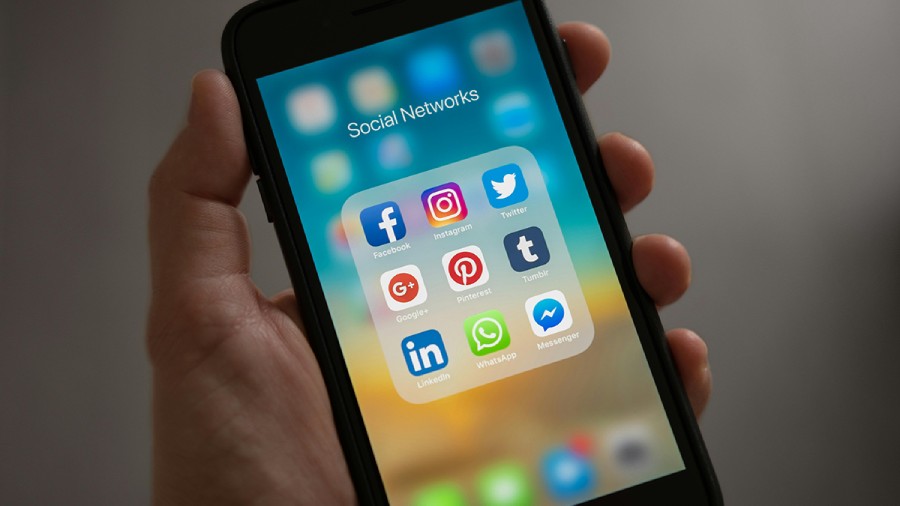
Most Popular Social Networks: Dominating Online Platform


